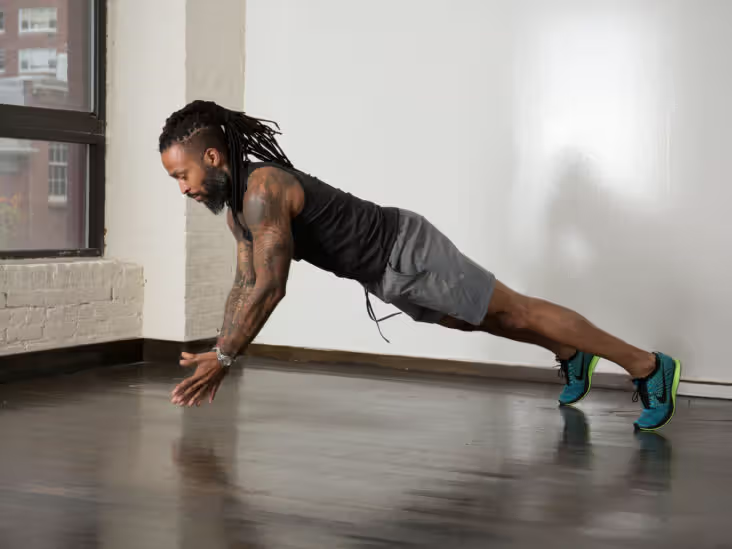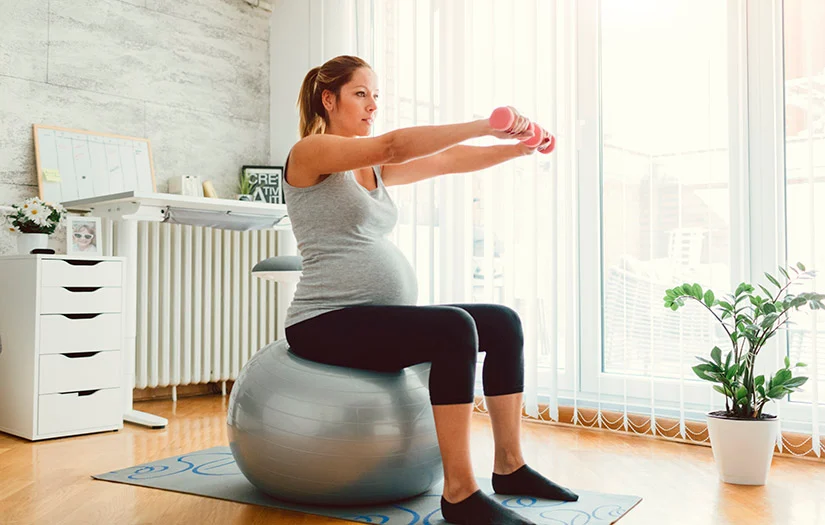Back and bicep workouts are essential components of any well-rounded fitness routine. They target key muscle groups in the upper body, helping to build strength, improve posture, and enhance overall aesthetics. Whether you're a beginner or an experienced lifter, incorporating back and bicep exercises into your regimen can yield significant benefits.
Benefits of Back and Bicep Workouts

Strengthening Key Muscles
Back workouts target muscles such as the latissimus dorsi, rhomboids, and traps, while bicep exercises focus on the biceps brachii. Strengthening these muscles not only enhances your physique but also improves functional strength for everyday activities.
Improving Posture and Aesthetics
A strong back is crucial for maintaining good posture and preventing issues like rounded shoulders or back pain. Additionally, well-developed biceps contribute to the overall aesthetic appeal of your upper body, giving you a defined and sculpted appearance.
Basic Anatomy of the Back and Biceps

To understand the importance of back and bicep workouts, it's essential to grasp the anatomy of these muscle groups. The back consists of several interconnected muscles that work together to facilitate movements like pulling and lifting. The biceps, on the other hand, are located on the front of the upper arm and play a key role in elbow flexion and forearm supination.
Common Mistakes to Avoid
When performing back and bicep exercises, it's crucial to maintain proper form and avoid common pitfalls. Overtraining these muscle groups can lead to injury or burnout, so it's essential to strike a balance between intensity and recovery. Additionally, using improper form can diminish the effectiveness of the exercises and increase the risk of injury.
Equipment and Exercises
Back and bicep workouts can be done using a variety of equipment, ranging from bodyweight exercises to free weights and machines. Some effective exercises for the back include pull-ups, rows, and deadlifts, while bicep curls and hammer curls target the biceps. Incorporating a mix of compound and isolation exercises ensures comprehensive muscle stimulation.
Sample Back and Bicep Workout Routine
Warm-up
- 5-10 minutes of light cardio to increase blood flow.
- Dynamic stretches to loosen up the muscles.
Exercises
- Pull-ups: 3 sets of 8-12 reps.
- Bent-over rows: 3 sets of 10-15 reps.
- Dumbbell bicep curls: 3 sets of 10-12 reps.
- Lat pulldowns: 3 sets of 10-12 reps.
- Hammer curls: 3 sets of 12-15 reps.
Cool down
- 5-10 minutes of static stretching to improve flexibility and aid recovery.
Progression and Variation
To continue making gains in strength and muscle size, it's important to progressively overload the muscles by increasing resistance or volume over time. Additionally, incorporating variations of exercises helps prevent plateaus and keeps workouts challenging and engaging.
Nutrition and Recovery
Proper nutrition is essential for supporting muscle growth and recovery. Ensure an adequate intake of protein, carbohydrates, and healthy fats to fuel your workouts and promote muscle repair. Additionally, prioritize rest and recovery to allow your muscles to heal and grow stronger between workouts.
Incorporating Back and Bicep Workouts into Your Routine

Depending on your fitness goals and schedule, you can incorporate back and bicep workouts into your routine 2-3 times per week. It's important to balance these workouts with exercises targeting other muscle groups to ensure overall symmetry and proportionality.
Tracking Progress
Keep track of your workouts, including the exercises performed, sets, reps, and weights used. Monitoring your progress allows you to identify areas for improvement and track your gains over time. Additionally, take regular progress photos to visually assess changes in muscle definition and overall physique.
Conclusion
Embarking on a journey to improve back and bicep strength and aesthetics is an exciting endeavor for beginners. By understanding the fundamentals, setting clear goals, and adopting a balanced approach to training, individuals can lay the groundwork for long-term success in their fitness journey.
FAQs
Q. How many times a week should I train my back and biceps?
Ans: It's recommended to train back and biceps 2-3 times per week, allowing for adequate rest between sessions.
Q. Can I do back and bicep workouts on the same day?
Ans: Yes, combining back and bicep workouts on the same day is common and efficient, as these muscle groups often work synergistically.
Q. Do I need special equipment for back and bicep exercises?
Ans: While gym equipment like pull-up bars and dumbbells can enhance workouts, many effective exercises can be performed with minimal equipment or even just bodyweight.
Q. How long does it take to see results from back and bicep workouts?
Ans: Results vary depending on factors like consistency, intensity, and nutrition, but noticeable improvements can typically be seen within a few weeks to a couple of months.
Q. Should I stretch before or after back and bicep workouts?
Ans: Incorporating dynamic stretches before workouts and static stretches after workouts helps improve flexibility and reduce the risk of injury.







.jpg)

